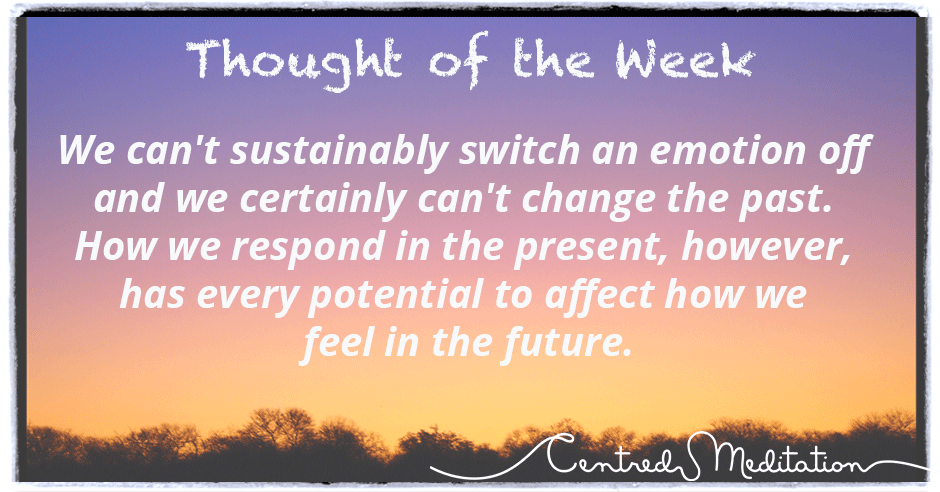Let’s face it… we’re addicted to feeling good! We guess it makes sense since it feels good to feel good and it feels bad to feel bad. Not to mention that from an evolutionary standpoint, the purpose of our existence is to ensure the survival of our species. So we are also hardwired to seek anything that will assist in our survival (often that which feels good) and avoid anything that might threaten it (often that which feels bad).
Naturally, when unpleasant emotions arise, our instinct is to reject and suppress them. The problem with this approach is that it usually tends to make matters worse. We start spiraling down the rabbit hole where we get trapped in a vicious cycle of the unpleasant emotion fueling incessant thinking fueling the unpleasant emotion further. Our fight-or-flight response is often triggered in the process, preventing us from making effective decisions (or even worse making pretty poor ones which involve saying and doing things we come to regret later) and affecting everyone around us.
From our experience in the world so far, we’ve found it impossible to sustainably switch an emotion off (if you’ve discovered a way, please let us know). We’ve also found it impossible to change the past (if you’ve discovered a way, DEFINITELY let us know). What we have found, however, is that how we respond in the present does in fact have every potential to affect how we feel in the future.
Here are some strategies which we find help when we are experiencing an unpleasant emotion:
- Understanding that since we can’t sustainably switch the emotion off, rejecting it isn’t going to help either, so it’s vital to start by accepting the emotion as it is and observing the physical sensations and thoughts that accompany it;
- Realising that no matter how many times we replay the past in our head (with all different versions of the ending), it doesn’t make the unpleasant emotion go away. As soon as we can, we constructively analyse whatever happened, take key learnings for the future and then move on. Each time our mind starts going down the rabbit hole, we refer to our key learnings and then return our attention to the task at hand;
- Whilst still experiencing the emotion for what it is, we decide to do something which we know has the potential to make us feel better, such as seeking support, exercising, and/or getting a massage;
- Acknowledging that this is very much a work in progress. We’ve conditioned ourselves to respond to an unpleasant emotion in a certain way for our entire lives, so it naturally takes time to re-wire our brain and behaviour. Even if we start using these strategies, and then realise 15 minutes later that we are deep down the rabbit hole wallowing in the emotion and attempting to change the past, it’s at this point that we feel compassion for ourselves and return to these strategies.


